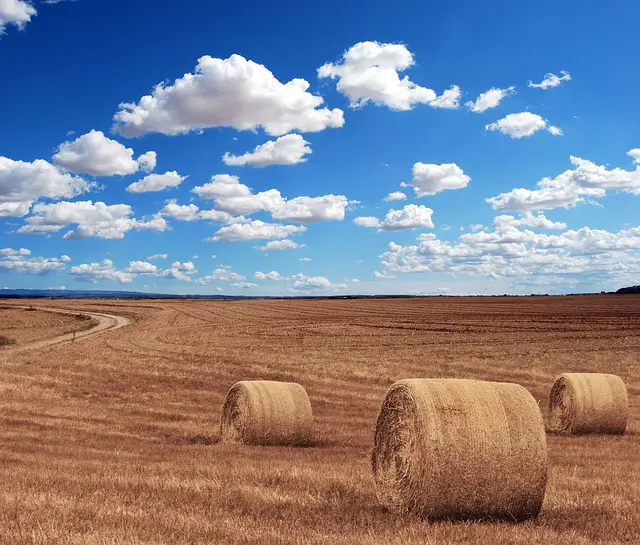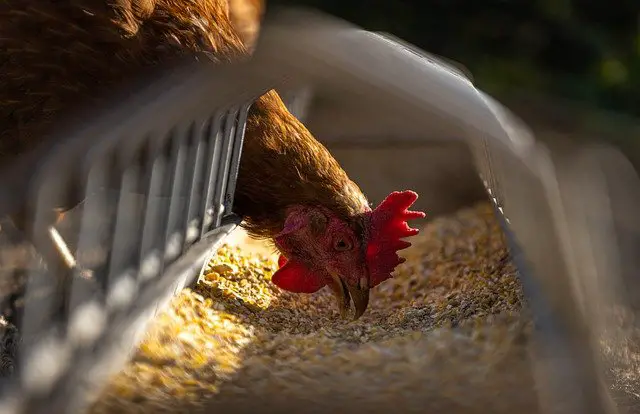What is Vertical Integration in Agriculture?
Vertical Integration in Agriculture is the process of combining two or more consecutive processes in the Agricultural Value Chain into a single, integrated process.
The processes to be combined during Vertical Integration are usually being performed by different companies prior to the integration. After the integration, they are combined into a single process most commonly under a single company and management.
The need for Vertical integration is often the trigger for a merger or an acquisition with the goal of increasing efficiency, reducing costs, and improving profits.
Vertical Integration, in any industry, is often a disruptive force because it changes the competitive landscape. When two companies merge in vertical integration, the combined company is often much stronger than the individual companies were before the merger.
Vertical Integration also forces other players in the industry to adjust their strategies to counter the emergence of a stronger player in their midst.
Vertical Integration in Agriculture is the hallmark of Commercial Farming where multiple processes across the agricultural value chain are combined into a single company. These processes range from the production of crops and the raising of livestock to their processing, transportation, and direct sales on the market.

Benefits of Vertical Integration in Agriculture
The benefits of Vertical Integration in Agriculture are many and varied. Here are some of the most common ones.
Increased Efficiency
By combining different processes under a single company, vertical integration can lead to improved efficiency as there is less duplication of effort, reduction of waste, and no need for communication across different companies. Communication and transfer of information and knowledge within the same company are always faster and smoother. This improved efficiency often leads to cost savings.
Cost Savings & Improved Profitability
With all the processes being undertaken under a single roof, it becomes easier to monitor and control costs.
The Cost Savings can be passed on to the consumer or can deliver higher profits to the combined company or can be used to invest in the future.
According to Penn State University, one of the reasons why the poultry industry has been able to produce meat in a very economic way is because of vertical integration. Here’s the article, if you’d like to read up on it.
Greater Control over the processes
Vertical Integration gives the combined company greater control over the combined process within the Agricultural Value Chain. This allows it to better manage production, processing, transportation and sales ensuring a more seamless execution with fewer disruptions.
Increased Market Share
As Vertical Integration gives the combined company a stronger position in the industry, it can capture a larger share of its target market. This increased market share can be used to expand further into new markets or to consolidate its position in existing markets.
Greater Flexibility & Scalability
Vertical Integration often leads to a greater degree of flexibility and scalability as the company now has more options for expanding or contracting its operations. The greater control can enable the company to quickly adjust production levels according to demand and market forces.
Reduced Risk
Vertical Integration often reduces risk for the combined entity because risks can now be spread across a larger business. Before the vertical integration, there was always a risk that one of the two companies may choose not to work with the other. With Vertical Integration this risk goes away.
Improved Access to Financing
Vertical Integration often leads to increased access and reduced costs of financing. This is usually due, in part, to the profitability improvements that come with vertical integration, but it can also be a result of improved credit rating which comes with the combination of different businesses under one umbrella company.
Reduced Competition
One benefit to both companies which have undergone Vertical Integration is reduced competition. For one, the companies which have merged may have been competitors. However, once combined they are a single company.
Also, when companies are combined, the competitive landscape changes in favor of the new company which becomes stronger than its parts were individually and possibly stronger than other players in the industry. In effect, this reduces the competition for the merged company.
All other players in the industry are forced to update their strategic plans to counter the changed dynamic within the industry.
Examples of Vertical Integration in Agriculture
Vertical Integration in Poultry Industry

The value chain in the Poultry Industry looks something like this:
Breeder -> Hatchery -> Feed Mill -> Grow-out -> Processor -> Retailer :: => Consumer
(Source: USDA)
Different parts of this value chain can be performed by different companies.
For instance, the Breeding, Hatching and Feeding can be done by one company, the Grow-Out, Processing by another company, and the Retailing by many companies owning retail stores.
But with Vertical Integration, some (or all) consecutive processes can be combined into a single company.
So, a single company could do the Breeding, Hatching, Feeding, Grow-out and Processing and then had the end product to the Retailer.
Vertical Integration in the Fruit Farming

The value chain in the fruit business looks like this:
Farming -> Packing -> Shipping -> Storing -> Selling :: =>Consumer
These different steps in the value chain can be performed by a single company or different companies.
Typically Farming and Packing are done by the Grower. Shipping is often done by specializing shipping and logistics companies. Storage can be handled separately or combined with the company Selling the fruit in stores.
However, many companies try to own the entire value chain, from the farm to the store. This way they can control every aspect of the value chain and use Vertical Integration to their benefit.
Summary
Vertical Integration in Agriculture is the combining of consecutive processes in the agriculture value chain through the merger of one or more companies performing these processes.
Vertical Integration can reap many benefits to the companies involved including increased efficiency, lower costs, higher profits, increased market share, lower competition, and in general, a stronger posture in the industry.
In Agriculture, as in other industries, Vertical Integration can result in disruption of the industry and force all players to realign their strategies to remain competitive in the market.
